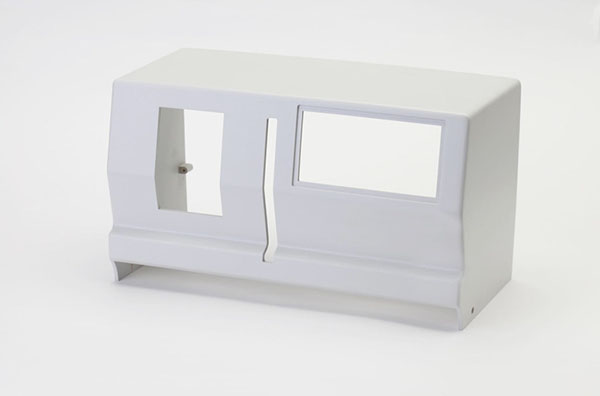There are a lot of processes behind the scenes before Launching a product. First, you need prototypes for a visual representation of the idea. It also gives the stakeholders a glimpse of the final version of the product and tests it with a selected group of people representing the market. The only drawback though is that prototyping is expensive and can be time-consuming.
The good news is there are several rapid prototyping methods to choose from, and one of them is silicone molding. Also known as vacuum casting, silicone molding is a perfect alternative for product designers to have a prototype at a desirable cost per batch. It will allow them to have a 3D version of the product for evaluation and testing until the final version of the product is good for final production.
A Brief Background
Silicone molding is called vacuum mold casting because of their similarity in how they work. In this process, the prototype of the material is formed through casting using a specialized technique or a 3D printer, and through this, a silicone mold is produced from a master product.
This technology has been around since the 1960s, at the same time when vacuum casting technology first emerged in Germany. But old as the silicone material may be, it is only now that this material has undergone experimentation.
In silicone molding, the polyurethane material is injected into the silicone mold using the vacuum to produce a prototype. The process is repeatable until the silicon mold wears out and becomes unusable. It allows producing items in small batches in a cost-efficient manner.
Every company knows that developing an entire batch just for testing is not a wise decision because it can be expensive, particularly, if the product used is the same as the finished product. Using polyurethane or any material instead can deliver functional copies of the prototypes.
These prototypes are appropriate for functional testing of an entire product or part. They will serve their purpose to check the viability of a product according to its visual and functionality. As you can see, prototyping is an essential part of the manufacturing process.

vacuum casting products*
Why Use Silicone Molds?
Rapid prototyping uses silicone molds that are less expensive to make than metal molds. Another reason is that it offers high resistance, which allows them to be reusable even with heated materials. It may not be as durable as metal molds, but they are good for low-volume manufacturing.
Another benefit of using silicon mold is you can use different materials in the process. It can be as close to the material or the exact material of the finished product, as in the case of low-volume manufacturing. It also allows the manufacturer to do many tweaks at the material hardness, clarity, and colors using a variety of dyes.
Designers can even be specific with the transparency of the product because it offers a varying degree of transparency and allows for materials to be mirror polished or mass tinted.
Conclusion
Manufacturing can benefit a great deal from using silicone molding. It can produce a large batch of prototypes at a lower cost and make them in the same materials as the finished product if the silicone mold would allow.
Reference
*Image from https://handk-heisengp.co.jp/
